Insects are fascinating creatures that play important roles in our ecosystem. However, some insects can be deadly to humans and animals. Insects have been instrumental in spreading diseases throughout human history, and some can harm us indirectly by destroying crops, polluting water, and even making their homes in our bodies.
When it comes to spreading illnesses and diseases, even life-threatening ones, insects are nearly the perfect vectors.
You are reading: Top 9 Most Dangerous Insects In The World
This article will list the top nine most dangerous insects in the world that cause disease and death, as opposed to those whose bites or stings cause pain but no other serious health problems.
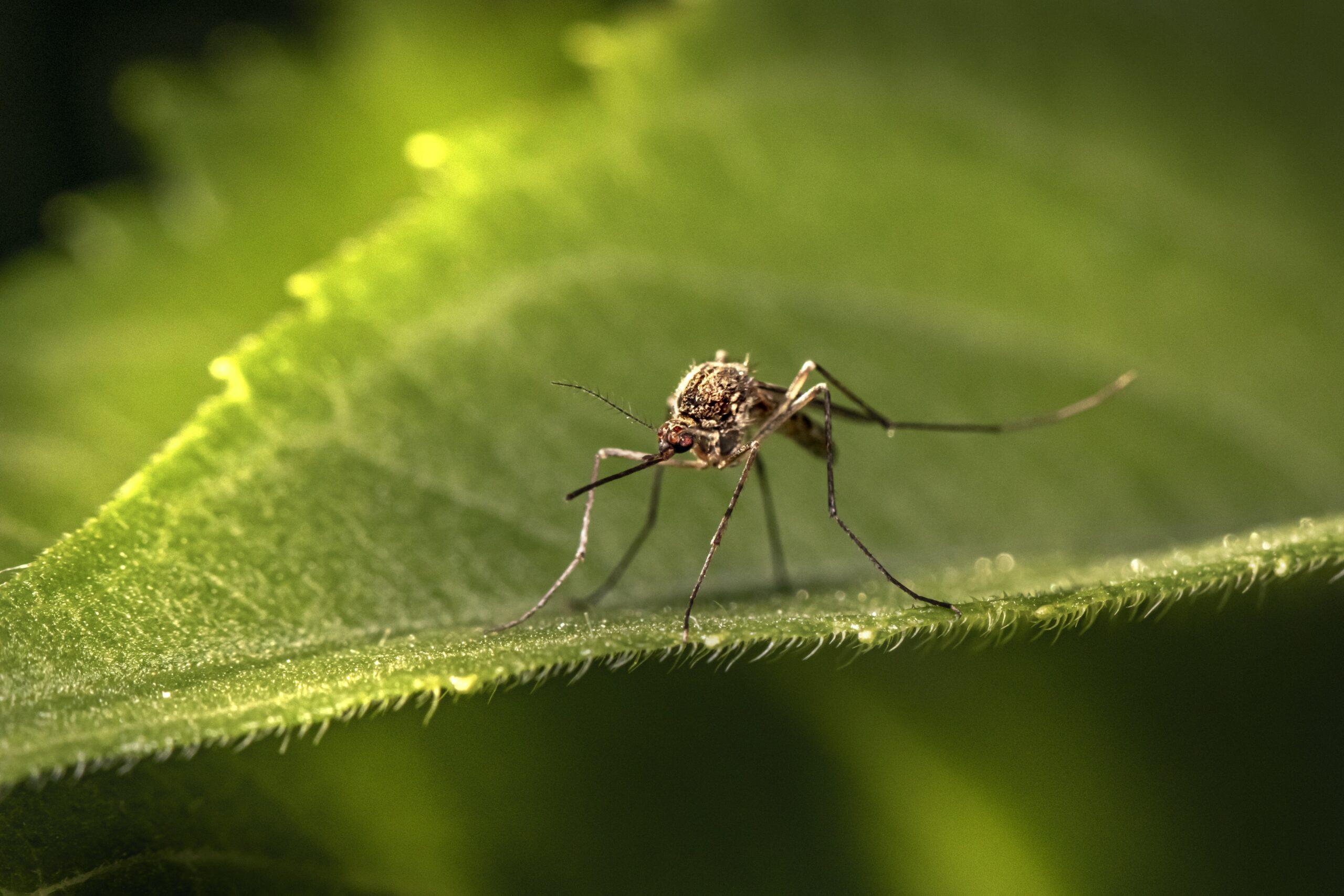
Top 9 Most Dangerous Insects In The World
Mosquitoes
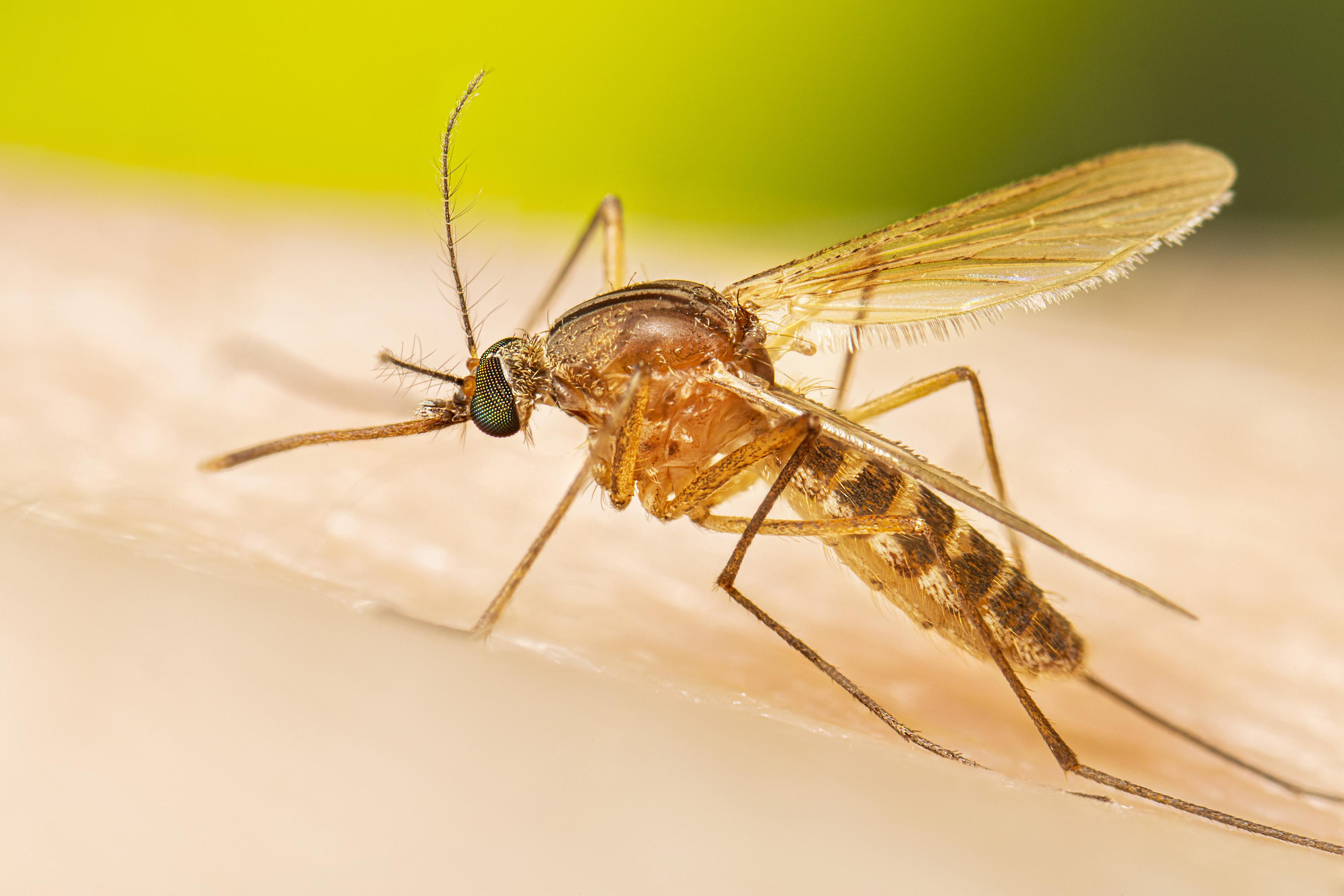 Mosquitoes are considered the most dangerous insect in the world because they are responsible for spreading diseases that have killed more people than all the wars in history.
Mosquitoes are considered the most dangerous insect in the world because they are responsible for spreading diseases that have killed more people than all the wars in history.
Mosquitoes transmit diseases by injecting saliva into the wound when they land on their target and probe for blood vessels beneath the skin. Unfortunately, the mosquito’s saliva may contain pathogens such as malaria parasites or encephalitis virus, which is how mosquitoes transmit disease.
Mosquito-borne diseases can be caused by viruses or parasites, and several mosquito species found in different parts of the world are capable of transmitting diseases to humans, horses, and other animals.
Symptoms of these illnesses can range from mild to very severe, and some of the most common mosquito-borne diseases include West Nile virus disease, Eastern equine encephalitis, and St. Louis encephalitis. Mosquitoes are also responsible for transmitting other diseases such as Zika virus, Chikungunya virus, dengue, and malaria.
It’s important to take precautions to avoid mosquito bites, such as wearing protective clothing and using insect repellent, especially in areas where mosquito-borne diseases are prevalent.
Bees, Wasps, Hornets, and Ants
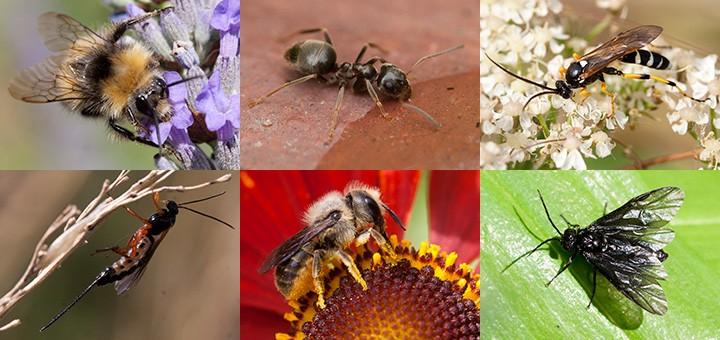
Bees, wasps, hornets, and ants belong to the order Hymenoptera, which is a large group of insects that includes over 150,000 living species. This group of insects is well-represented in their order, with some 18,000 species recognized in North America alone.
Bees, wasps, hornets, and ants are feared by many people because of their stings, but they play important roles in most ecosystems as predators, parasites, and pollinators.
The most familiar Hymenoptera are the bees, wasps, and ants, but this group also includes ichneumons and other parasitic “wasps” and sawflies.
Bees are important pollinators and are responsible for pollinating some 50% to 80% of the world’s food supply.
Wasps are recognized by their distinctive body shape, constriction between the abdomen and thorax, and warning colorations.
Ants are social insects that live in large colonies and are known for their ability to work together to accomplish tasks.
Some of the most dangerous species in this group include giant Japanese hornets, fire ants, and harvester ants, which have stings that deliver venom that can kill or badly injure people who are allergic to them.
Tsetse Fly
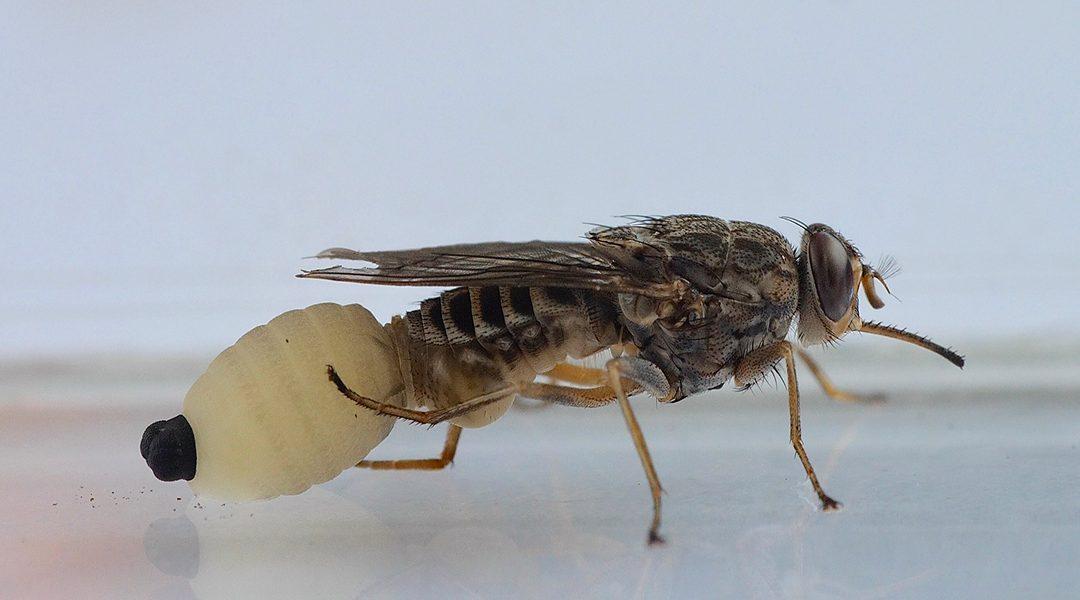
Tsetse flies are large, biting flies that inhabit much of tropical Africa. They are obligate parasites that live by feeding on the blood of vertebrate animals. Tsetse flies are known for their role in transmitting diseases such as nagana, also known as African animal trypanosomiasis (AAT), in wild and domestic animals, and a similar disease among humans that is known as sleeping sickness, or human African trypanosomiasis (HAT).
The agents of the diseases are trypanosomes, protozoa that live within the tsetse fly. Tsetse flies can be distinguished from other large flies by two easily-observed features: they fold their wings over their abdomens completely when they are resting, and they have a long proboscis, extending directly forward, which is attached by a distinct bulb to the bottom of their heads.
Read more : 10 Types Of Black And Yellow Butterfly With Pictures And Identification Guide
There are about 34 species and subspecies of tsetse, depending on classification schemes, all in a single genus, Glossina. The tsetse fly’s painful bite can transmit African trypanosomiasis or ‘sleeping sickness’.
When visiting endemic areas, travelers should wear long-sleeved shirts and long pants, avoid bright-colored clothing, and keep car windows closed.
Kissing Bug
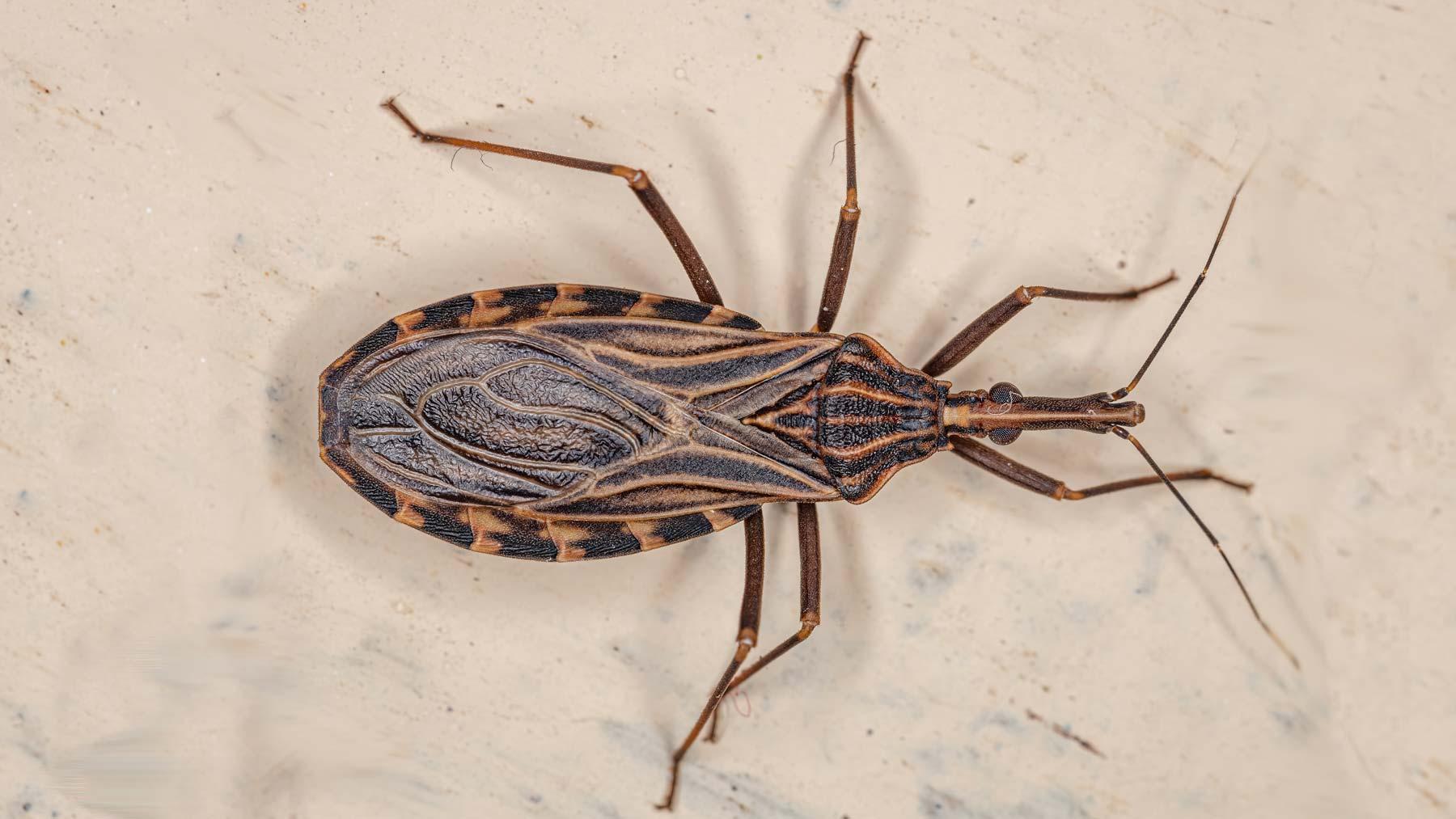
Kissing bugs are a type of insect that can carry a parasite called Trypanosoma cruzi, which causes Chagas disease.
Kissing bugs are also known as triatomine bugs because they are blood-sucking insects that feed on humans and animals. They are called kissing bugs because they tend to bite people’s faces, especially around the mouth, while they are sleeping. After feeding, they defecate on the person, and if the feces enter the body through mucous membranes or breaks in the skin, the person can become infected with the parasite.
Kissing bugs are most often found in homes made of mud or adobe, and they like to live in cracks in walls or in areas where there is a lot of vegetation. Kissing bugs have been found in 29 states in the United States, and all shaded states in the map have at least one kissing bug found there. Some kinds of kissing bugs poop while they are feeding, and if a person scratches the kissing bug feces into the bite, the person may get sick.
People with Chagas or kissing bug disease are asymptomatic during the acute and chronic phases, and the disease can be deadly if left untreated.
Fleas
Fleas are small, wingless parasites that feed on the blood of humans and animals such as dogs and cats. They are agile and can jump up to 6 inches vertically, allowing them to easily hitch a ride onto a passing host.
Flea bites can cause discomfort, itchiness, and irritation, and secondary infections caused by scratching are common. Fleas can also infect people or pets with the germs that cause flea-borne typhus, plague, or cat scratch disease.
Persistent flea infestations may need to be treated by a licensed pest control operator. Historically, fleas have been involved in devastating epidemics of plague throughout the world.
The most common species of flea is the cat flea, Ctenocephalides felis, which is a serious pest of pets, livestock, and humans. Fleas are known to transmit tapeworm larvae and, uncommonly, the disease murine typhus. There are an estimated 2,500 species of fleas in the world, approximately 325 of which occur in the continental U.S.
Bot Flies
Bot flies are a type of fly that belongs to the Oestridae family of flies. They are obligate parasites that live by feeding on the flesh of mammals, including humans. Bot flies rely on myiasis, which is the infestation of host skin for larvae nutrition, to reproduce.
The larvae of bot flies are internal parasites of mammals, and some species grow in the host’s flesh while others grow within the host’s gut. The human bot fly, Dermatobia hominis, is the only species of bot fly known to parasitize humans routinely. The adult bot fly is 12 to 18 mm long and looks like a bumblebee, with a wide array of colors.
The larvae of bot flies can cause painful pustules that secrete fluids, and the infestation of any fly larvae inside the body is known as myiasis. Bot fly infections can affect anyone regardless of sex, age, and genetic makeup. Bot fly infestations are self-limiting, and the bot will mature and expel itself in six weeks after the initial infestation.
However, the bot fly infestation can be uncomfortable for patients, and they may desire removal.
Black Widow Spider
Black widow spiders are a group of spiders that belong to the genus Latrodectus. They are known for their distinctive hourglass-shaped mark on their abdomens, which is usually red or orange in color.
Black widow spiders are found throughout much of the world and are typically black with two reddish triangular markings usually joined to form a reddish hourglass shape on the underside of their abdomen.
Female black widow spiders are larger than males and can grow up to 1.5 inches long with a diameter of 0.25 inches.
Black widow spiders are not aggressive and only bite in self-defense, such as when someone accidentally sits on them. Their venom is reported to be 15 times stronger than a rattlesnake’s, and bites can cause muscle aches, nausea, and a paralysis of the diaphragm that can make breathing difficult.
Read more : Discover 7 Animals That Roam Atop Yellowstone’s Tallest Mountain
However, most people who are bitten suffer no serious damage, let alone death.
Black widow spiders favor dry, dark locations to spin their webs and often seek out warm areas during the winter months. They are typically found in protected areas such as under stones and decks, as well as in firewood piles and hollow tree stumps.
Red Imported Fire Ant
Red imported fire ants, also known as RIFAs, are an invasive species of ant that are found throughout the southern part of the United States. They are dark reddish-brown in color and can inflict painful bites and stings.
RIFAs are polymorphic, meaning that workers appear in different shapes and sizes. They are known to feed on the buds and fruits of numerous crop plants, especially corn, soybean, okra, and citrus, and can also girdle young trees.
Large nests located in fields interfere with and damage equipment during cultivation and harvesting, and ant attacks inhibit field-worker activities.
RIFAs can also damage the environment by displacing native ant species and reducing food sources for wildlife.
A single RIFA can sting its target repeatedly, and young and newborn animals are especially susceptible to the venom. RIFAs can be managed through a combination of cultural, mechanical, and chemical control methods.
Helminths
Helminths are a group of parasitic worms that can infect humans and other animals. There are different types of helminths, including flukes (trematodes), tapeworms (cestodes), and roundworms (nematodes).
Helminths are invertebrates with long, flat or round bodies, ranging in length from less than one millimeter to over one meter. They infect a range of hosts, including humans, and can cause a wide spectrum of diseases, from mild to potentially deadly.
Helminths are one of the leading causes of morbidity in the developing world, with over two billion people affected. Infection can cause physical, nutritional, and cognitive impairment in young, developing children, and the global burden of helminth disease exceeds that of conditions such as malaria and tuberculosis.
The eggs from helminths are a commonly used indicator organism to assess the safety of sanitation and wastewater reuse systems because they are the most resistant pathogens of all types of pathogens.
Soil-transmitted helminths (STHs) are a group of intestinal worms that infect humans and are transmitted through contaminated soil. The most common STHs include Ascaris lumbricoides, whipworm, and hookworm.
STH infection is found mainly in areas with warm and moist climates where sanitation and hygiene are poor, including in temperate zones during warmer months.
FAQS
1. What makes an insect dangerous?
Insects are considered dangerous when they can spread illnesses and diseases, even life-threatening ones, to humans and animals. Insects that have stings or bites that deliver venom that can kill or badly injure people who are allergic to them are also considered dangerous.
2. What is the most dangerous insect in the world?
The most dangerous insect in the world is the mosquito. Mosquitoes are responsible for spreading diseases that have killed more people than all the wars in history. They transmit diseases by injecting saliva into the wound when they land on their target and probe for blood vessels beneath the skin.
3. Are monarch butterflies dangerous to humans?
Monarch butterflies are not dangerous to humans. They are in danger themselves due to threats such as pesticides, deforestation, and climate change.
4. How can I protect myself from dangerous insects?
To protect yourself from dangerous insects, you should take precautions such as wearing protective clothing, using insect repellent, and avoiding areas where insect-borne diseases are prevalent. You should also take steps to control insect infestations in and around your home.
5. What should I do if I am bitten or stung by a dangerous insect?
If you are bitten or stung by a dangerous insect, you should seek medical attention immediately. Some insect bites and stings can cause serious health problems, and prompt treatment is essential to prevent complications.
Source: https://petstutorial.com
Category: Animals










